LIFE HARWIN


Inleiding
Het LIFE HARWIN project, of voluit ‘HAbitat Restoration in the WINge valley: ecological restoration and endangered species recovery in a fragmented landscape’ is een natuurherstelproject in het oosten van de provincie Vlaams-Brabant, in het habitatrichtlijngebied van de Wingevallei. Met dit project wordt er aan natuurherstel gedaan, met bijzondere aandacht voor de heropleving van een aantal zeldzame plant- en diersoorten.
Het project is gestart op 1 januari 2023, en loopt tot 31 december 2028. Natuurpunt zal samen met de projectpartners het project uitvoeren. Het HARWIN project ontvangt financiële steun via het LIFE-programma van de Europese Unie, en krijgt bovendien een belangrijke financiering via het Agentschap voor Natuur & Bos.
Projectgebied
Het projectgebied strekt zich uit over het habitatrichtlijngebied ‘Valleien van de Winge en de Motte met valleihellingen’, of kortweg Wingevallei, met het nummer BE2400012.
Binnen het projectgebied zijn er 15 deelgebieden, in beheer bij Natuurpunt en het Agentschap voor Natuur & Bos (ANB).
Voor ANB zijn dit volgende gebieden:
- Beninksberg
- Chartreuzenbos
- Wingevallei oost- en west.
- Horst
- Walenbos
- Troostembergbos
- Vallei van de Tieltse Motte
Het project situeert zich in het Hageland, in de overgangszone tussen het zandige laagland en de heuvelige leemstreek. Karakteristiek zijn de steile zuidwest-noordoost georiënteerde heuvels, ontstaan door zandbanken in een ondiepe ijzerrijke Miocene zee. Na de zeespiegeldaling 9 miljoen jaar geleden, vormden er zich ijzerrijke moerassen tussen de zandbanken. Door de verdere zeespiegeldaling droogden ook deze uit, en vormde dit zich om tot het erosiebestendigere ijzerzandsteen (door oxidatie), de huidige Diestiaanheuvels. Tussen deze Diestiaankoppen werd het zandige materiaal nadien weggeërodeerd tot de huidige Winge- en Mottevallei. Pellenberg in het zuidelijk deel is het hoogste punt (106m).
In deze regio ontspringen de bronnen van de Winge uit mineraalrijke watervoerende lagen in de zandige tertiaire bodems. De Motte ontspringt uit een grote moerassige zone in het centrum van het projectgebied. In de smalle vallei in de bovenstroom bestaat de bodem uit leem met lokale veenafzettingen. De Motte en de benedenstroom van de Winge hebben een bredere vallei waarbij de bodem uit klei of een lemig alluviale bodem in mozaîek met zandige rivierduinen bestaat. Door de brede vallei zijn de veengebieden hier uitgestrekter. Aan de voet van de heuvels is er een overgang naar colluvium, zijnde zandig of lemig materiaal, met een plotse overgang naar de steile hellingen en een plateau bestaande uit ondiepe zandlagen op ijzerzandsteen en lokale kleiafzettingen. Deze glauconiete kleiafzettingen zorgen voor zeer lokale watervoerende lagen waardoor tijdelijke bronnen ontstaan op de anders voornamelijk droge heuvels. Vanwege de unieke zuidwest-noordoostelijke oriëntatie is er een duidelijk microklimaat op de zuidelijke versus de noordelijke hellingen, waardoor unieke contrasten ontstaan in warme gematigde (bv gaspeldoorn en grote tijm) en boreaal-(sub)montane flora (bv grote wolfsklauw en bosveenmos) op minder dan 100 m afstand van elkaar.
De Wingevallei toont een uitzonderlijke combinatie van soortenrijke habitats, wat mogelijk gemaakt wordt door deze unieke geologische en hydrologische omstandigheden. De regio was historisch dan ook befaamd om zijn biodiversiteit, wat blijkt uit de botanische onderzoeken uit de 19de en 20ste eeuw en de gedetailleerde vegetatiekaart uit 1956.
Doelstellingen
1. Het project beoogt het ecologisch herstel en kwaliteitsverbetering van 350ha soortenrijke habitats:
- Grasland: herstel en kwaliteitsverbetering van 85ha blauwgraslanden (6410), moerasspirearuigtes (6430) en glanshaverhooilanden (6510).
- Heide: herstel en kwaliteitsverbetering van 30ha heischraal grasland (6230*), droge heide (4030) en vochige heide (4010).
- Water: herstel en kwaliteitsverbetering van 3ha water met kranswiervegetaties (3140), van nature eutrofe plassen (3150) en mesotrofe plassen met drijvende waterweegbree (3150).
- Moeras: herstel en kwaliteitsverbetering van 2,5ha overgangs- en trilveen (7140) en kalkmoeras (7230).
- Bos: herstel en kwaliteitsverbetering van 230ha eiken-beukenbos (9120), alluviaal bos (91E0*) en eiken-haagbeukenbos (9160).
2. Op wetenschap gebaseerd herstel van relictpopulaties van belangrijke fauna en flora via translocatie en herintroductie met behulp van individuen of zaden van lokale genetische oorsprong. Dit om de EU-brede, maar nog steeds onderschatte, dreiging van uitsterven van soorten aan te pakken. Het project mikt op het herstel van duurzame populaties van een 20-tal bedreigde plantensoorten (o.a. blauwe knoop, betonie, zaagblad, grote tijm, zwartblauwe rapunzel, klokjesgentiaan, kleine schorseneer, …) en veldkrekel.
3. Identificatie van de beste methoden voor habitatherstel en de herintroductie van soorten, via een innovatief kader van samenwerking tussen professionals, vrijwilligers en wetenschappers.
4. Bijdragen aan het sociaaleconomisch potentieel van het gebied door mogelijkheden voor natuurgerichte recreatie te verbeteren, vrijwilligers en buurtbewoners te betrekken, burgerwetenschappelijke monitoring te stimuleren en lokale belanghebbenden te betrekken.
5. Door het herstel van habitats en de natuurlijke hydrologie zal het project bijdragen aan de overstromings- en droogtebestendigheid om zo de Wingevallei klimaatbestendiger te maken. Daarnaast zal het project zorgen voor koolstofvastlegging door het herstel van moerassen en bossen.
Introduction (English)
Introduction
LIFE HARWIN or ‘HAbitat Restoration in the WINge valley: ecological restoration and endangered species recovery in a fragmented landscape’ is a nature restoration project in the habitat directive area of the Winge valley (east Flemish-Brabant). The projecty focuses on nature restoration in a variety of habitats (grassland, heath, aquatic, fen and forest) with special attention to reviving a number of endangered plant and animal species.
the project started on january 1st, 2023 and ends on december 31st, 2028. is gestart op 1 januari 2023, en loopt tot 31 december 2028. Natuurpunt coordinates this project with scientific (University of Antwerp, Botanical Gardens Meise, Natuurpunt Studie, Levend archief, Sience4Nature), governmental (Agency of Nature and Forestry) and NGO (Eurosite) partners.
Project area
The project is situated in the Hageland region in the transition between the sandy lowlands and the hilly loamy area. Characteristic are the parallel steep-sloped southwest-northeast oriented hills that are a result of sandbanks in a shallow iron-rich Miocene sea. After regression 9 mi years ago, iron-rich swamps formed between the sandy ridges. Following continued drop of the sea level, the iron-rich swamps dried out and transformed into erosion-resistant iron-sandstone that comprise the current hills. In between, erosion carved out valleys, with the project area consisting of the valley of the Winge and the Motte. The Pellenberg in the south is the highest point (106m). In this region, sandy tertiary soil formations carry mineral-rich aquifers that form the springs of the Winge. The Motte originates in a large mire area in the center of the project area. In the narrow valley in the upper part of the Winge, the soil consists of loam with local peat deposits. The Motte and more downstream the Winge, the valley is broader and the soil consists of clay or loamy alluvial soil in mosaic with postglacial sandy river dunes. Local peat zones are more extensive in size due to the broad valley. At the bottom of the hills, there is a transition to colluvial sand and/or loam abruptly followed by steep slopes and a plateau consisting of shallow sandy soils on iron-sandstone and tertiary clay deposits. These clay deposits of glauconite cause highly localized aquifers to built up and thus generate temporary springs on the otherwise dry hills. Due to the unique southwest–northeast orientation, there is a distinct microclimate on the southern versus the northern slopes, generating unique contrasts in warm temperate (e.g. Ulex europaeus and Thymus pulegioides) and boreal-(sub)montane oriented flora (e.g. Oreopteris limbosperma, Lycopodium clavatum and Sphagnum quinquefarium) within less than 100m.
Owing to these unique geological and hydrological characteristics, the project area shows exceptional combinations of biodiverse habitats. The region was already historically renowned for its biodiversity, reflected in botanical surveys of the late 19th and 20th century and a detailed vegetation map in 1956.
Objectives
- The project aims at the ecological restoration and quality improvement of 350 ha qualifying habitats along the entire gradient of the Winge Valley: : aquatic habitats 3140, 3150 and 3150 with Luronium natans; heathland habitats 6230*, 4030, 4010; grassland habitats 6410, 6430, 6510; fen habitats 7140, 7230 and forest habitats 9120, 91E0*, 9160.
- Science-based restoration of remnant populations of key fauna and flora via translocation and reintroduction using individuals or seeds of local genetic origin. This to tackle the EU-wide, still largely underestimated threat of species extinction.
- Identifying best practices regarding habitat restoration and the reintroduction of species via an innovative framework of collaboration between professionals, volunteers and scientists.
- Contributing to the socio-economic potential of the area by improving opportunities for nature-oriented recreation, engaging volunteers and local residents, encouraging citizen-science monitoring and involving local stakeholders.
- By restoring habitats and the natural hydrology, the project will contribute to flood and drought resilience to make the Wingevalley more climate-proof. In addition, the project will enhance carbon sequestration through the restoration of wetlands and forests.
Soorten
Betonie (Stachys officinalis)
under construction
Blauwe knoop (Succisa pratensis)
under construction

Borstelkrans (Clinopodium vulgare)
under construction
Grasklokje (Campanula rotundifolia)
under construction
Grote tijm (Thymus pulegioides)
under construction
Harlekijn (Anacamptis morio)
under construction
Karwijselie (Selinum carvifolia)
under construction
Kleine bevernel (Pimpernellum saxifraga)
under construction
Kleine schorseneer (Scorzenera humilis)
under construction
Kleine tijm (Thymus serpyllum)
under construction
Kleine valeriaan (Valeriana dioica)
under construction
Klokjesgentiaan (Gentiana pneumonanthe)
under construction
Parnassia (Parnassia vulgare)
under construction
Rozenkransje (Antennaria dioica)
under construction
Ruige leeuwentand (Leontodon hispidus)
under construction
Spits havikskruid (Hieracium lactucella)
under construction
Wateraardbei (Comarum palustre)
under construction
Waterdrieblad (Menyanthes trifoliate)
under construction
Zaagblad (Serratula tinctoria)
under construction
Zwartblauwe rapunzel (Phyteuma nigrum)
under construction
Habitats
Grasland
blauwgraslanden (6410), moerasspirearuigtes (6430) en glanshaverhooilanden (6510).
under construction
Heide
heischraal grasland (6230*), droge heide (4030) en vochige heide (4010).
under construction
Water
water met kranswiervegetaties (3140), van nature eutrofe plassen (3150) en mesotrofe plassen met drijvende waterweegbree (3150).
under construction
Moeras
overgangs- en trilveen (7140) en kalkmoeras (7230).
under construction
Bos
eiken-beukenbos (9120), alluviaal bos (91E0*) en eiken-haagbeukenbos (9160).
under construction
Contact
Projectcoördinator:
- Dennis De Ryck
[email protected]
0499-90 97 63

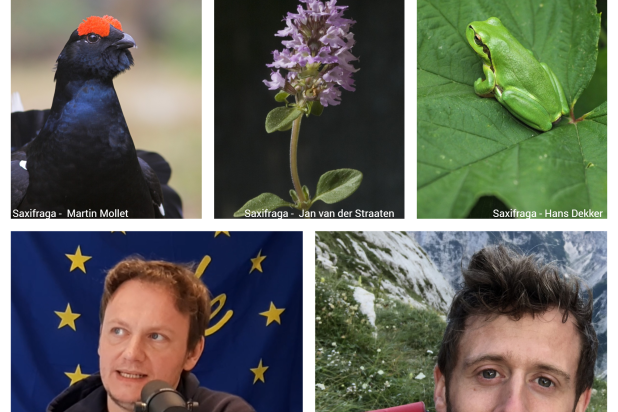

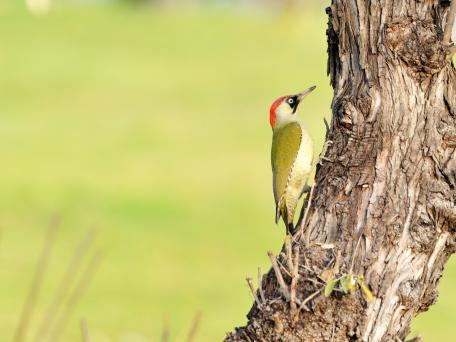

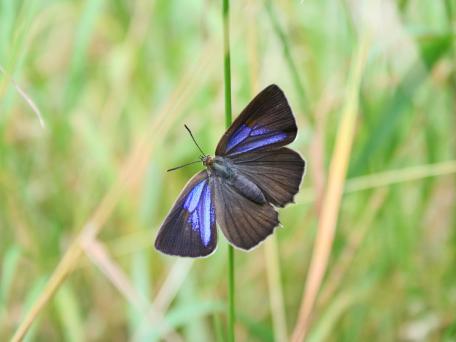
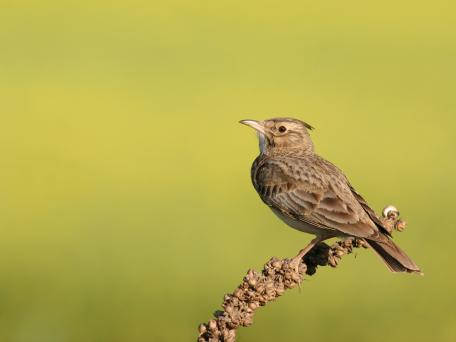
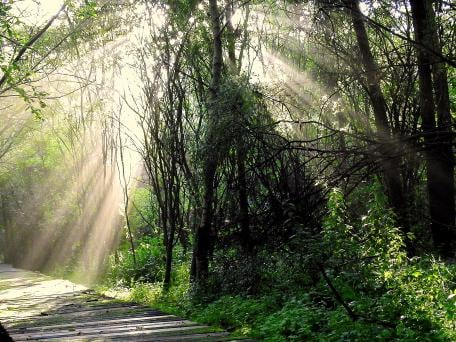
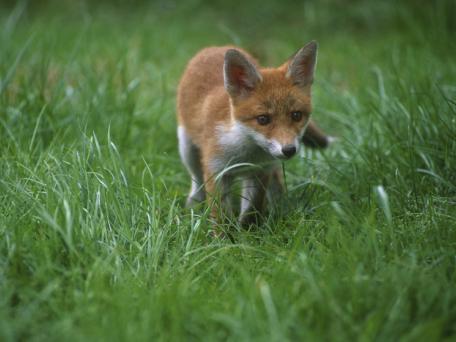
Ontvang nieuws over onze natuur en activiteiten rechtstreeks in je mailbox.
Abonneer je op onze nieuwsbrief